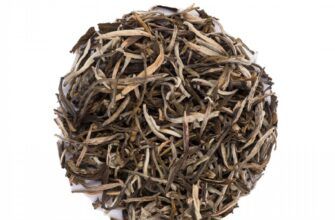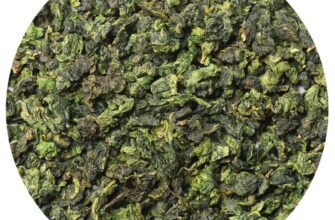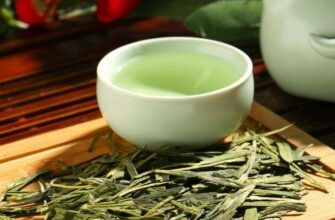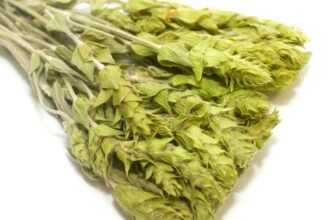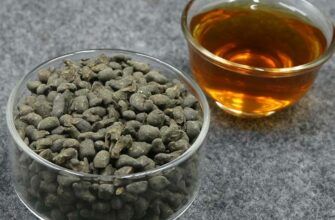Silver Needle is a white tea Baihao Yinzhen (Bai Hao Yinzhen), which is considered one of the rarest and most magnificent teas. This is the only white tea that has been in the Top 10 Most Famous Chinese Teas list. The production of this tea takes less than 0.1% of the entire tea turnover in Fujian province, which is known for producing premium white tea. The reason for such a name, “silver needle”, becomes clear with just a glance at the tea plant - a delicate silver coating is striking.
In early spring, each bud is carefully harvested from the Da-bai plant. White tea differs from green tea in that it does not use steaming or pan drying. To make Silver Needle white tea, it must be subjected to a long drying (primary drying) in order to activate the process of enzyme-free oxidation, which gives white tea a special taste. Primary drying often takes place over embers. One of the unique features of the process is that the tea is packaged without letting it cool, while still warm. This is necessary in order to give the tea the shape of needles, if the tea is allowed to cool, then it will crumble during packaging.
If this tea is brewed in water, the buds will point upwards, and while this state is maintained, the needles look like stalactites in caves.
The Legend of Baihao Yinzhen
Many years ago, according to legend, the people who lived in Fujian experienced a terrible drought that brought death to a large number of people. People believed that a plant grows on Mount Taimu, which is guarded by a black dragon. They also believed that this plant can heal many diseases and save the people from drought if people put its juice into the river. Many looked for this magical flower, but did not find it, and perished in the mountains, because the dragon turned them into stones. The girl whose brothers died trying to find this flower decided to risk her life. When she reached the top of the mountain, the dragon attacked her, but she managed to defeat him. She plucked a flower and healed people with its juice, turning them from stones back into living ones. For her courage and efforts, the villagers were very grateful. They took the flower and planted it in their village. Since this flower was silver in color, it was called "Silver Needle".
During the Song Dynasty (1107), white tea was discovered because it was collected from special plants and processed in the same way as green tea leaves. This unique process is also recorded in the Ming Dynasty Tea Books. During the Qing Dynasty (1772-1782), the commercial production of white tea increased. At the beginning of the 19th century, Zhenhe County began to mass-produce Silver Needle tea mainly in order to sell it to European countries, the sale was suspended in the First World War (1918), and was resumed in 1926. In 1855, Fu Dinh County began producing Fu Dinh Da Bai. Then it grew to the mass production of the Silver Needle and Fuding County began to develop again thanks to the "fluffy needles".
Baihao Yinzhen - production areas
Most of Baihao Yinzhen is produced and grown in Fuding and Zhenhe in Fujian Province. Tea growing areas are characterized by the strongest difference between night and day temperatures. During the day, when there is enough sunlight, the leaves produce enough amino acids and carbohydrates, which is necessary in order to produce quality tea. If the temperature at night is high enough, it will cause all these substances to keep reacting with each other and break down in the leaves. But in mountainous areas, cold nights help the substances in the leaves to be less active and not be destroyed in chemical reactions. That is why tea has such a juicy taste.
Read more:
